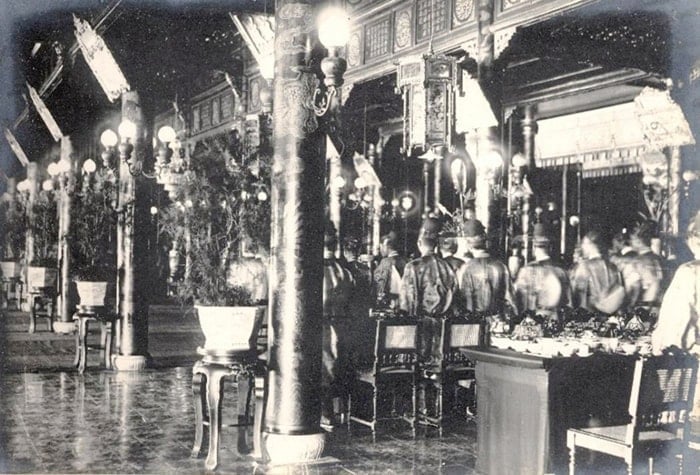
According to our country's history books, the Ly Dynasty and before only recorded really big events, sometimes there was only one event in the whole year, so it was quite sketchy. Only from the Tran Dynasty did we see historical records of the royal court holding a court ceremony right on the first day of Tet, such as in the 8th year of Nguyen Phong (1258), the army and people of Dai Viet had just defeated the Mongols when they invaded our country for the first time, and this event happened right on the first day of Tet. "Dai Viet Su Ky Toan Thu" wrote: "In the spring, in the first month, on the first day, the king sat in the main hall, and invited hundreds of mandarins to attend. The people were at peace as before."
The story of the king giving a banquet to civil and military mandarins was first recorded in the “Complete Book” during the early Le Dynasty, during the reign of King Le Thai Tong, in the year At Mao, the second year of the Thieu Binh era (1435). This history book wrote: “The king gave a banquet for 5 days to civil and military mandarins inside and outside, and distributed money to civil and military mandarins appointed to positions outside according to different ranks.” However, the event took place after the 4th day of Tet, because on the 4th day, the Le Dynasty court received the envoys from Ai Lao, San Mac and Sat Mau, when they “brought gold and silver wine and two elephants as tribute.”
In the year of Ky Ty, the 7th year of Thai Hoa, under the reign of King Le Nhan Tong (1449), "Toan Thu" continued to record: "Spring, January, a banquet was held for the officials. Dance and music were used to defeat the Ngo army". In the year of Binh Ty, the 3rd year of Dien Ninh (1456), the event was recorded, with a clear date, the 3rd day of Tet: "A grand banquet was held for the officials, Lang Son King (Le) Nghi Dan attended the banquet". The appearance of Le Nghi Dan was recorded in detail, because later, in the 6th year of Dien Ninh (1459), Le Nghi Dan murdered King Le Nhan Tong to ascend the throne himself.
King Le Thanh Tong probably did not like banquets, so during his reign, there was no record of banquets for his subjects. Even in the 14th year of Hong Duc (1483), the first line of history of that year stated: "Spring, January, 13th, public banquets are forbidden to usurp the ceremony!"
During the Le Trung Hung period, on the morning of the first day of the New Year, Lord Trinh always led civil and military mandarins to celebrate the Le King's birthday. After that, the main Tet activities took place at Lord Trinh's palace, including the Lord holding a banquet to entertain the mandarins. Besides enjoying the banquet, the mandarins were also rewarded with money by the Lord, in the unit of "precious money" (each mandarin had to have 600 coins, while the people spent "precious money", each mandarin only had 360 coins). The reward for a First-rank mandarin was 5 precious money quan; Second-rank mandarin got 4 quan; Third-rank mandarin got 3 quan; Fourth-rank mandarin got 2 quan; Sixth and Seventh-rank mandarin got 1 quan and a half; Eighth and Ninth-rank mandarin and civil and military mandarins Pho Tri, Thiem Tri, Cau Ke got 1 quan...
In Dang Trong, the regulation of banquets for the committees began during the reign of Lord Nguyen Anh, but first of all, it was in the most important ceremony, the Lord's birthday. The Nguyen Dynasty history book "Dai Nam Thuc Luc" states that in the year of Tan Hoi (1791), spring, January, the Holy Birthday (the 15th) was taken as the Van Tho festival. In this ceremony, after the ceremony of informing the Thai Mieu, paying respects to the Queen Mother, the mandarins wished the Lord a long life, there was a section "Let the mandarins go to Phuong Dien (square palace) to have a banquet. From then on, it was a regular annual custom".
The custom of giving banquets to mandarins on Lunar New Year in the Nguyen Dynasty probably began during the reign of King Minh Mang. The Nguyen Dynasty history recorded this king's edict in the 7th year of Minh Mang (1826) on rewarding mandarins on Lunar New Year: "Nguyen New Year is coming, I will celebrate Tet with you all. On that day, I will order a banquet and reward silver according to your rank. Princes and dukes will each receive 20 taels; civil and military mandarins of the First Rank will each receive 12 taels; junior First Rank 10 taels; junior Third Rank 4 taels; senior Fourth Rank 3 taels... Imperial eunuchs, team leaders, team leaders, team leaders... will each receive 1 tael and be allowed to attend the banquet".
The custom of giving banquets to officials has been maintained since then on major holidays and festivals, including the New Year, Longevity, and Doan Duong (the 5th day of the 5th lunar month), the Mid-Autumn Festival (the 15th day of the 8th lunar month), or the Queen Mother's 50th, 60th, and 70th birthdays. The practice of having banquets is only suspended when the state is in state mourning, and all banquet activities are abolished. For example, after King Gia Long passed away, King Minh Mang ascended the throne, in the year Canh Thin, the first year of Minh Mang's reign (1820), after giving the posthumous name to Queen Thua Thien Cao, the king gave silver to replace banquets for officials in the capital and abroad.
The king's edict to the hundreds of officials said: "When you first ascend the throne, you must show kindness to everyone, and have a banquet for your subjects, to celebrate the king's enlightenment and your good deeds, and to believe in harmony between superiors and subordinates... The usual ritual is to pay respect and repay, and everything has been done in turn, but the music is still quiet, the bows and swords have not cooled, and I am still in pain. Is this the time for the king and his subjects to have a joyful banquet? The ceremony cannot be exceeded, and the work cannot be abandoned. Therefore, silver is given instead of banquets according to different ranks. (Above First Rank, silver is 20 taels; above First Rank, 15 taels; below First Rank, 10 taels; above Second Rank, 8 taels; below Second Rank, 6 taels; above Third Rank, 3 taels; below Fourth Rank, 2 taels. Officials in the capital are from Fourth Rank and above, officials outside are from Third Rank and above)".
The Nguyen Dynasty's banquets for mandarins were often held in Can Chanh Palace. In the early years of the Minh Mang Dynasty, the court also built a flower trellis in the courtyard to arrange tables for mandarins to sit at. Afterwards, the king told the Ministry of Rites: "I think that the banquets of previous emperors were mostly held in the palace. Now, the palace is spacious, so why bother building a tent and wasting labor? From now on, when there is a celebration day, it is enough to hold the banquet in the palace."
Details about the seating arrangement when opening a banquet in Can Chanh Palace were recorded in “Dai Nam Thuc Luc”, the 18th year of Minh Mang (1837), according to the report of the Ministry of Rites: “The two houses of the military service on the left and right sides of Can Chanh Palace, each with 5 rooms, are paved with eight-sided planks, covered with mats. The middle room of the military service on the left has a red-painted table to serve as a place to stamp the national seal, the rooms on the left and right are for the mandarins to sit. As for Lang Trung, Khoa Dao, Vien Ngoai Lang, and even the Lai Dien staff, they all sit on planks placed close to the ground. Considering the rank of the court, it is related to the people's contemplation. Lang Trung, Vien Ngoai, and Khoa Dao are the fourth and fifth-rank mandarins in the capital, now sitting together with the Lai Dich in the public office is considered not elegant. So please raise the rows of planks in the middle room and the two left and right sides up to the brick steps to distinguish between high and low with the two rows of planks on the left and right. The middle room has a red-painted table with a seal, and the rest is followed by a mat to sit on.” of the princes and dukes. The two left and right rooms are for the mandarins and officials of the offices to sit, the two left and right rooms are for the Lang Trung, Vien Ngoai, and Khoa Dao. In addition, from the Chu Su, Tu Vu, Bat and Cuu Pham clerks, all spread mats and sat on the ground.
In addition to the banquets and silver rewards during the holidays and New Year, King Minh Mang also prescribed additional rewards for silk officials according to different ranks. Regarding the members who are allowed to attend the banquets during the holidays and New Year, "Dai Nam Thuc Luc" said that in the 16th year of Minh Mang (1835), the king instructed the Ministry of Rites: "The old rule is that every year, on the New Year festival, the banquets and rewards are given to civil and military officers from the fifth rank and above. On the Van Tho festival, the banquets are given to civil and military officers from the fifth rank and above. On the Doan Duong festival, the plowing ceremony, the banquets are given to civil and military officers from the vice-ministers of the royal guard and above. As for the members of the Cabinet, all are allowed to attend. That is a special way of showing gratitude. However, thinking about the joyful ceremonies, the banquets and rewards are all related to the rituals. In the court, it must be regulated according to rank. If they are not worthy to attend, is it appropriate to let them attend?
So now, it is decided: All ceremonies must be attended according to rank. As for the members of the Cabinet, the Privy Council, and the Ngoai Lang office of the ministries, departments, and offices of the Censorate, any ceremony that the original rank is not worthy of attending is not allowed to attend.
Then, in the 18th year of Minh Mang (1837), on the first day of the Lunar New Year, that year there was a celebration by the Queen Mother: "The civil and military mandarins in the capital, from the fifth rank and above, together with the local authorities, came to the annual meeting, were all given a banquet and were rewarded with ranks."
The officials in the capital who are on the list to attend the banquet, if they have to go on official business, will also be compensated. The king's order issued in 1837 clearly stated: "All civil and military officials in the capital, civil from the 7th rank of the Ministry of Justice, military from the 6th rank of the Military Captain and above, who are not allowed to attend the banquet on the day of the celebration, any officials appointed by the Ministry, who are also on official business, have finished their military service but have not yet returned to the capital, will all be given 2 months' salary according to their rank. Those who return to mourn the end of their leave or are sick at their place of residence will be given 1 month's salary."
According to the book “Imperial Regulations of Dai Nam”, the royal feasts include offerings at temples and shrines to worship the king’s ancestors on important holidays such as Lunar New Year, other holidays, banquets to entertain officials or to receive Chinese envoys and banquets for newly graduated doctors, which are responsible for arrangement and inspection by the Quang Loc Tu agency and directly cooked by the Ly Thien and Thuong Thien departments. This book states that the feasts at banquets are divided into different categories. The large feast includes 161 dishes, the jade feast has 30 dishes, the precious feast has 50 dishes, the dim sum has 12 dishes. However, the details of the dishes in the royal banquets have not been recorded in detail until now.
However, from the royal cuisine that is still passed down to this day, it can be seen that the "royal feast" would certainly be very luxurious, delicious and also no less... expensive.
LA (synthesis)Source: https://baohaiduong.vn/co-vua-ban-ngay-tet-403978.html







![[Photo] Hanoi morning of October 1: Prolonged flooding, people wade to work](https://vphoto.vietnam.vn/thumb/1200x675/vietnam/resource/IMAGE/2025/10/1/189be28938e3493fa26b2938efa2059e)

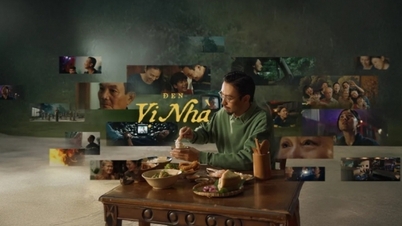
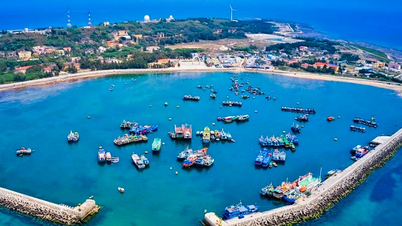


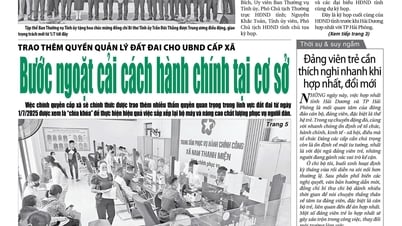


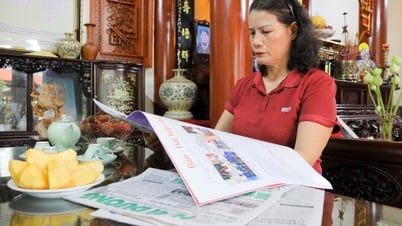




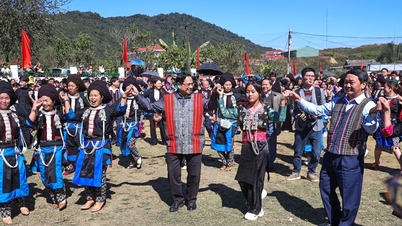
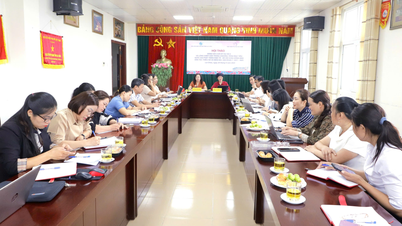



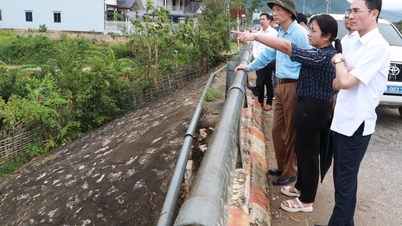
![[Photo] The 1st Congress of Phu Tho Provincial Party Committee, term 2025-2030](https://vphoto.vietnam.vn/thumb/1200x675/vietnam/resource/IMAGE/2025/9/30/1507da06216649bba8a1ce6251816820)
![[Photo] Panorama of the cable-stayed bridge, the final bottleneck of the Ben Luc-Long Thanh expressway](https://vphoto.vietnam.vn/thumb/1200x675/vietnam/resource/IMAGE/2025/9/30/391fdf21025541d6b2f092e49a17243f)
![[Photo] President Luong Cuong receives President of the Cuban National Assembly Esteban Lazo Hernandez](https://vphoto.vietnam.vn/thumb/1200x675/vietnam/resource/IMAGE/2025/9/30/4d38932911c24f6ea1936252bd5427fa)

























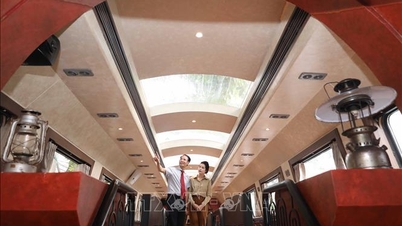
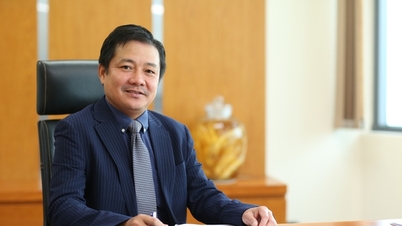

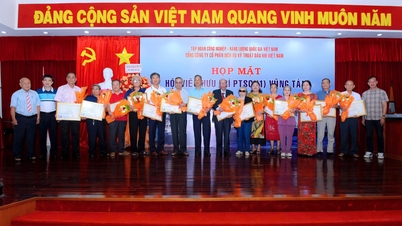
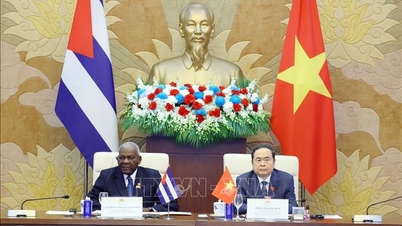
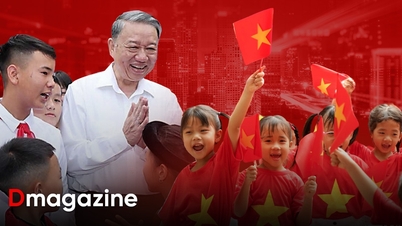








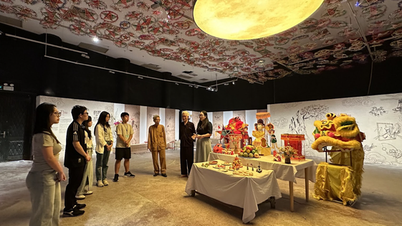


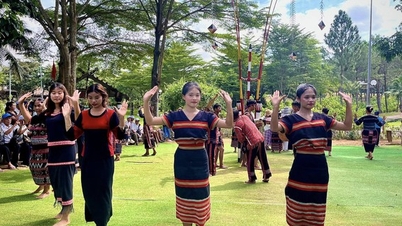
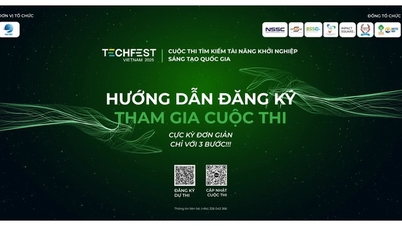

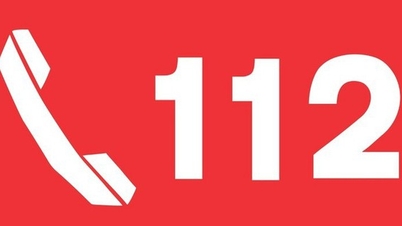
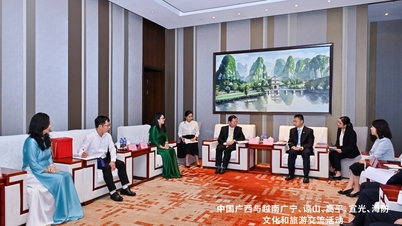

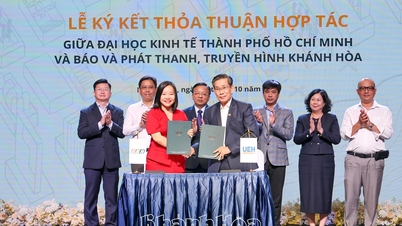



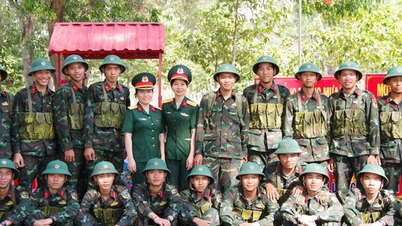

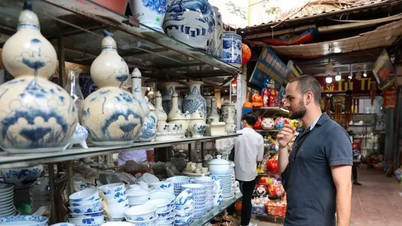

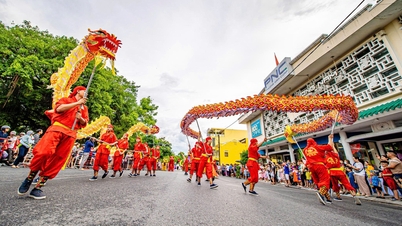













Comment (0)